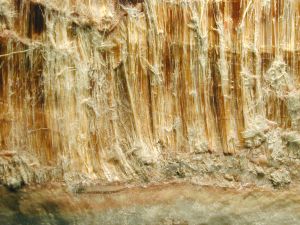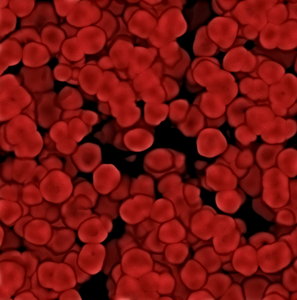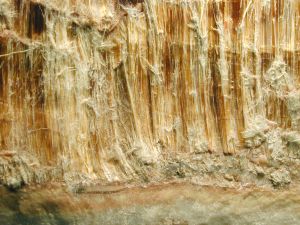The estate of a shipfitter who died of mesothelioma at aged 62 recently won a lawsuit against nine asbestos companies. The shipfitter’s wife sued and claimed that her husband’s exposure to asbestos occurred when he worked at the Philadelphia Navel Shipyard between 1965 and 1971. Although he left this career and spent the rest of his life as a nurse anesthetist, he was still diagnosed of mesothelioma in 2010 because of the asbestos he encountered on the job. He died six months after his initial diagnosis. 
According to the Legal Intelligencer, the jury hearing the claim found for the estate and awarded damages of $7.2 million against the nine companies whose asbestos products were used by the shipfitter and caused his exposure. The compensation included $3.6 million in Survival Act damages and $3.6 million in wrongful death damages.
Continue reading
 Mesothelioma Lawyers Blog
Mesothelioma Lawyers Blog












